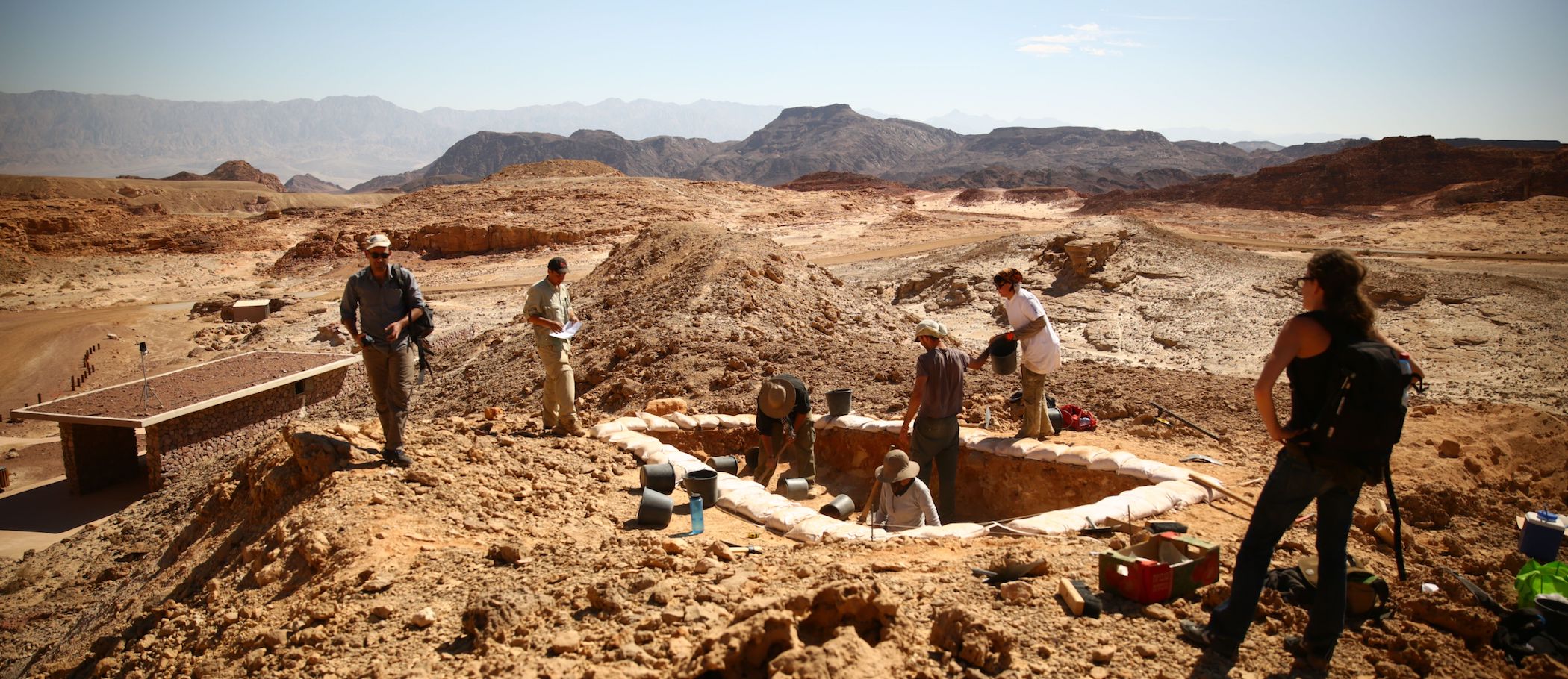Did Egyptians Trigger a Mysterious Biblical Kingdom to Innovate 3,000 Years Ago?
In the Hebrew bible, the Edomites were the descendants of Jacob's brother Esau.

A mysterious kingdom mentioned in the Bible underwent a massive technological leap nearly 3,000 years ago, perhaps because of the imperial ambitions of an Egyptian pharaoh.
The kingdom, known as Edom, was in what is now known as the Arabah Valley, which falls within the boundaries of both Jordan and Israel. The area is the site of extensive copper-mining and smelting dating back to at least 4000 B.C..
The kingdom is also mentioned in the Hebrew Bible: The book of Genesis refers to the Edomites, who were thought to be descendants of Jacob's brother Esau, as "the kings who reigned in Edom before any Israelite king reigned" (Genesis 36:31). Later, the Biblical narrative holds that King David of Israel defeated the Edomites, and supposedly killed every male in the Kingdom.
That gruesome defeat remains unsubstantiated by archaeological evidence, but researchers can now say for certain that Edom was indeed a thriving, centralized kingdom before the Israelites showed up.
"The local tribes of the region were organizing themselves under one political body in order to exploit, in the best way they could, the copper minerals," said Erez Ben-Yosef, an archaeologist at Tel Aviv University and the head of the Central Timna Valley Project, where excavations have uncovered numerous copper-mining and smelting sites from the Late Bronze and Early Iron Ages.
Related: Biblical Battles: 12 Ancient Wars Lifted from the Bible
Changing copper
Ben-Yosef and his colleagues used the waste from these smelting sites to reconstruct 500 years of industrial progress. While they were excavating piles of spent slag (waste from copper smelting), they found leftover charcoal used to heat the smelters. By radiocarbon dating this charcoal, they could determine with precision how old the slag was. The researchers then analyzed the minerals and metals within the slag to determine how smelting techniques changed over the centuries. Lower concentrations of copper in the slag, for example, mean that more was extracted during smelting, indicating improvements in the process. The presence or absence of other minerals can show changes in the additives that were used during smelting.
Get the world’s most fascinating discoveries delivered straight to your inbox.
From 1300 through 800 B.C., the Edomites improved their techniques only gradually, Ben-Yosef said. The improvements tended to appear in tandem across various sites in the Arabah Valley, though, indicating that the copper operations were under the supervision of a common government. On average, the copper content in the waste gradually dropped from 1.49% to 1.14% over the 500 years, but with a rapid drop to around half a percent in the second half of the 10th century BCE.
Simultaneously, the slag became more and more similar across sites, indicating that the workers at different smelters were following the same playbook.
"After centuries of similar technology, more or less, with only gradual improvement, we suddenly have a leap in the efficiency and standardization of the technology," Ben-Yosef told Live Science.
Egyptian influence
This technological leap coincided with a military campaign, recorded in the Hebrew Bible and in Egyptian inscriptions, by the Pharaoah Sheshonq I, or Shishak. Senshonq I was the founder of the 22nd Dynasty in Ancient Egypt, and he launched incursions abroad — including into the kingdoms of Judah and Israel around 925 B.C. A scarab inscribed with his name found in southern Jordan hints that his forces may have made it to the rich copper deposits of the region.
The Edomites still controlled the copper mines, Ben-Yosef said, but the Egyptian invasion seems to have catalyzed the technological leap seen in the slag. The invasion likely changed the markets and trade demand for copper, he and his colleagues wrote today (September 18) in the journal PLOS ONE. Perhaps these new demands were motivation enough for the Edomites to adopt new innovations. Possible changes could have included smelting copper ore at different temperatures, changing the ratio of added minerals, or altering the supply of oxygen to the furnaces, among other scenarios, Ben-Yosef said.
The archaeologists will return to the valley this winter to continue their excavations. One goal, Ben-Yosef said, is to investigate whether there is any archaeological evidence of the story in the Hebrew Bible's accounts of the Israelites conquering the Edomites.
"We are going to continue and explore the regional connections of this kingdom, to see if we see any evidence for their connections with other kingdoms in the region, including Ancient Israel," Ben-Yosef said.
- The 25 Most Mysterious Archaeological Finds on Earth
- The Holy Land: 7 Amazing Archaeological Finds
- Photos: The Ancient Ruins of Shivta in Southern Israel
Originally published on Live Science.

Stephanie Pappas is a contributing writer for Live Science, covering topics ranging from geoscience to archaeology to the human brain and behavior. She was previously a senior writer for Live Science but is now a freelancer based in Denver, Colorado, and regularly contributes to Scientific American and The Monitor, the monthly magazine of the American Psychological Association. Stephanie received a bachelor's degree in psychology from the University of South Carolina and a graduate certificate in science communication from the University of California, Santa Cruz.


